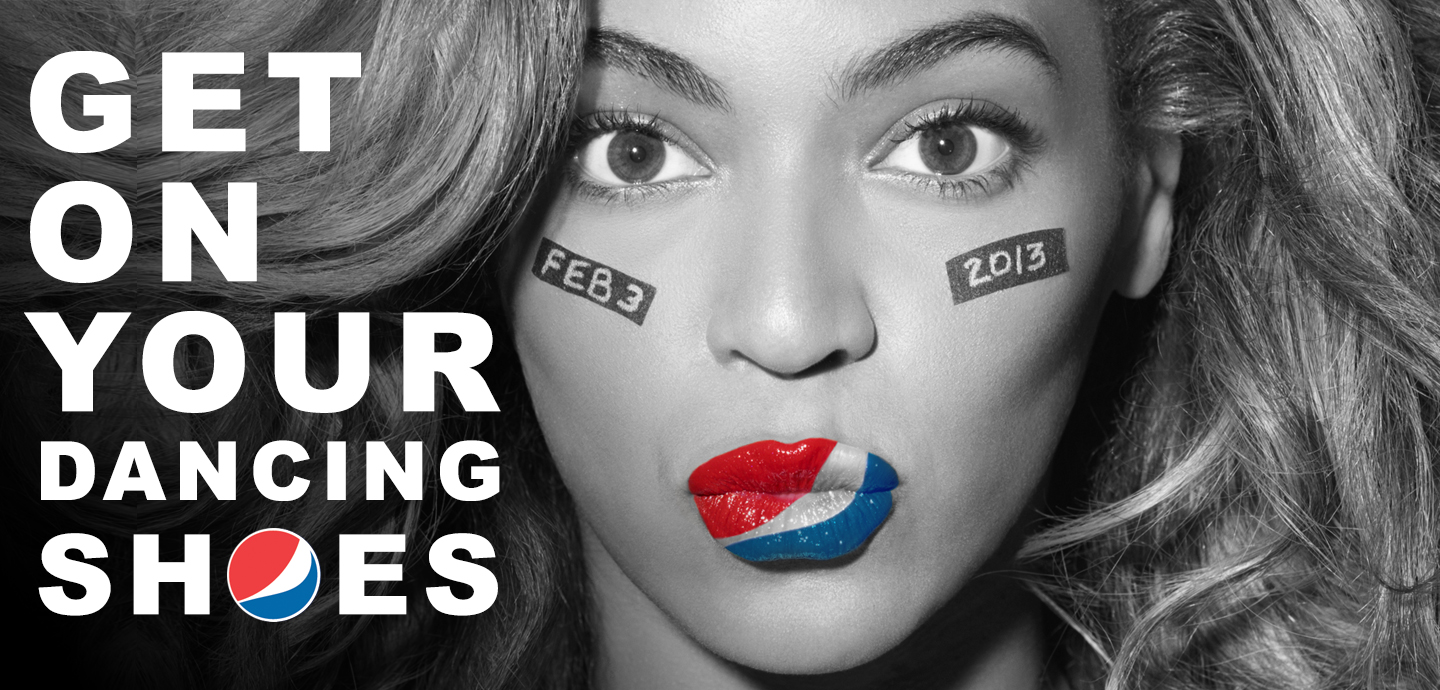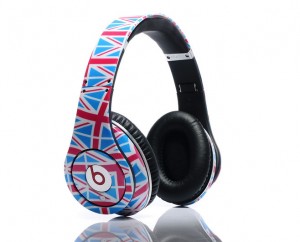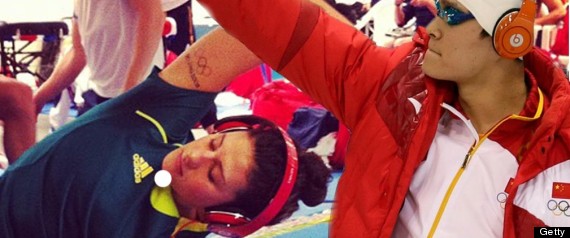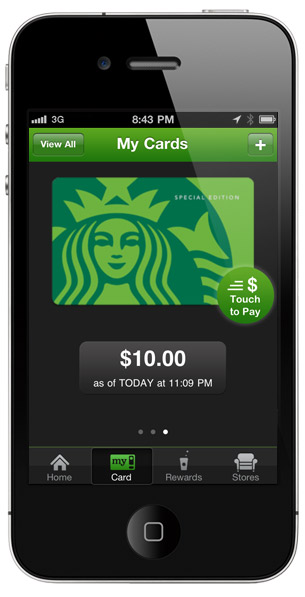Although time consuming, challenging, and frustrating at times, the Comm 296 Marketing Project was a cool and rewarding experience. Over the course of three different projects and by discovering every single fact, characteristic, and operating technique of our company, I felt that I got an inside look at the career of a professional marketer. I learned through a hands-on experience how to sift through endless information, find facts that are significant, and then identify the marketing mix and create a formal marketing strategy.
 In retrospect, I think that one of the most important things that contributed to my enjoyment was the company that our group chose to evaluate. After much deliberation, our team agreed with confidence that Mountain Equipment Co-op (MEC) would be an awesome company to research and delve into, and we were totally right. I felt a connection to the company’s core values, which I realized is essential to successful marketing. It is so much easier to be sincere and passionate about the work you are creating if you can identify with the company. When applying for jobs and internships, I will always remember this lesson.
In retrospect, I think that one of the most important things that contributed to my enjoyment was the company that our group chose to evaluate. After much deliberation, our team agreed with confidence that Mountain Equipment Co-op (MEC) would be an awesome company to research and delve into, and we were totally right. I felt a connection to the company’s core values, which I realized is essential to successful marketing. It is so much easier to be sincere and passionate about the work you are creating if you can identify with the company. When applying for jobs and internships, I will always remember this lesson.
In terms of the final video project, I thought it was a nice change of pace from the usual end of term presentation. Producing a video gave our team the opportunity to design a formal presentation without the pressure of public speaking. It also allowed us to watch the video countless times to make sure that our ideas, facts, and important points were outlined in a effective and cohesive way. Overall, I’m glad the project is over, but I’m also really proud of the work our team put together and what we learned while doing so.
















